
Echidna
What is the animal Echidna known for?
Here are some reasons why:
Echidnas are one of the few mammals that lay eggs.
They belong to the order Monotremata, which also includes the platypus.
Monotremes are the oldest living group of mammals, dating back to about 112 million years ago.Echidnas have spiny quills that cover most of their body.
These quills are modified hairs that help them defend themselves from predators.
Echidnas can also curl up into a ball or dig into the ground to hide.Echidnas have a long, tubular snout that they use to eat and breathe.
They have no teeth, but they have a sticky tongue that can extend up to 18 cm (7 in) to catch ants, termites, worms, and insect larvae.Echidnas have a low body temperature of about 32°C (90°F), which is lower than most mammals.
They can also lower their metabolism and enter a state of torpor during cold or dry periods.Echidnas are solitary and shy animals that have large, overlapping territories.
They are mostly active at night or during cooler parts of the day.Echidnas have a complex reproductive system that involves a single opening called a cloaca, a four-headed penis in males, and a two-branched uterus in females.
The female echidna lays a single egg about 22 days after mating and carries it in a pouch on her belly.
The egg hatches after 10 days and the baby echidna, called a puggle, stays in the pouch for up to seven months.
They are also important for the ecosystem as they help aerate the soil and disperse seeds and fungi.
Unfortunately, some echidna species are threatened by habitat loss, hunting, and invasive predators.
Where does the Echidna live?
Echidnas are egg-laying mammals that live in Australia, Tasmania and New Guinea.
Echidnas are found in forests and woodlands.
They dig burrows or hide under rocks, logs, vegetation or debris to shelter from predators and extreme temperatures.
Echidnas are solitary animals that have large territories that may overlap with other echidnas.
Example of the color palette for the image of Echidna

See these colors in NCS, PANTONE, RAL palettes...
What does the Echidna look like?
An echidna is a type of mammal that lays eggs and has spines on its body.
It has a long, tubular beak that it uses to eat ants, termites, worms, and other invertebrates.
This mammal also has a long, sticky tongue that can catch prey and break it into pieces.
Echidnas have short, strong legs with large claws that help them dig and burrow.
They have small eyes and ears, and can sense electrical signals from their prey with their beak.
Echidnas are found in Australia, Tasmania, and New Guinea, and they can live in different habitats such as forests, grasslands, deserts, and mountains.
They are not related to hedgehogs or anteaters, even though they look similar.
Echidnas are more closely related to the platypus, another egg-laying mammal.
These mammals are named after a monster from Greek mythology who was half-woman and half-snake.
Echidnas are solitary animals that usually avoid contact with other echidnas, except during the breeding season.
They are active during the day or night, depending on the temperature and the availability of food.
Echidnas can swim well, and they can lower their body temperature to conserve energy.
These animals have a pouch on their belly where they lay a single egg, which hatches after about 10 days.
The baby echidna, called a puggle, stays in the pouch for several weeks, feeding on milk from the mother's skin glands.
The puggle leaves the pouch when it grows spines, and then stays in a burrow until it is weaned.
Echidnas can live for up to 50 years in the wild.
Example of the color palette for the image of Echidna
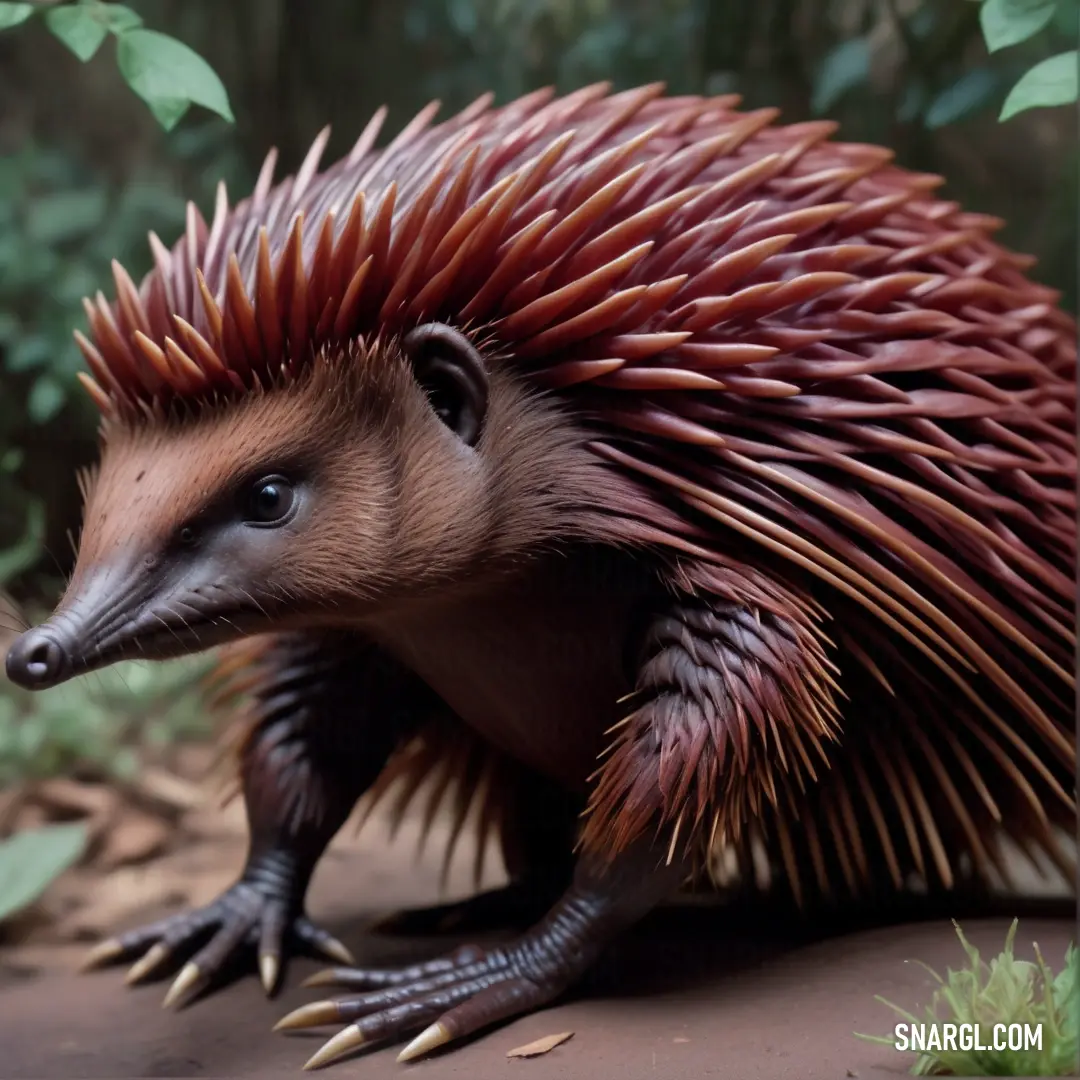
See these colors in NCS, PANTONE, RAL palettes...

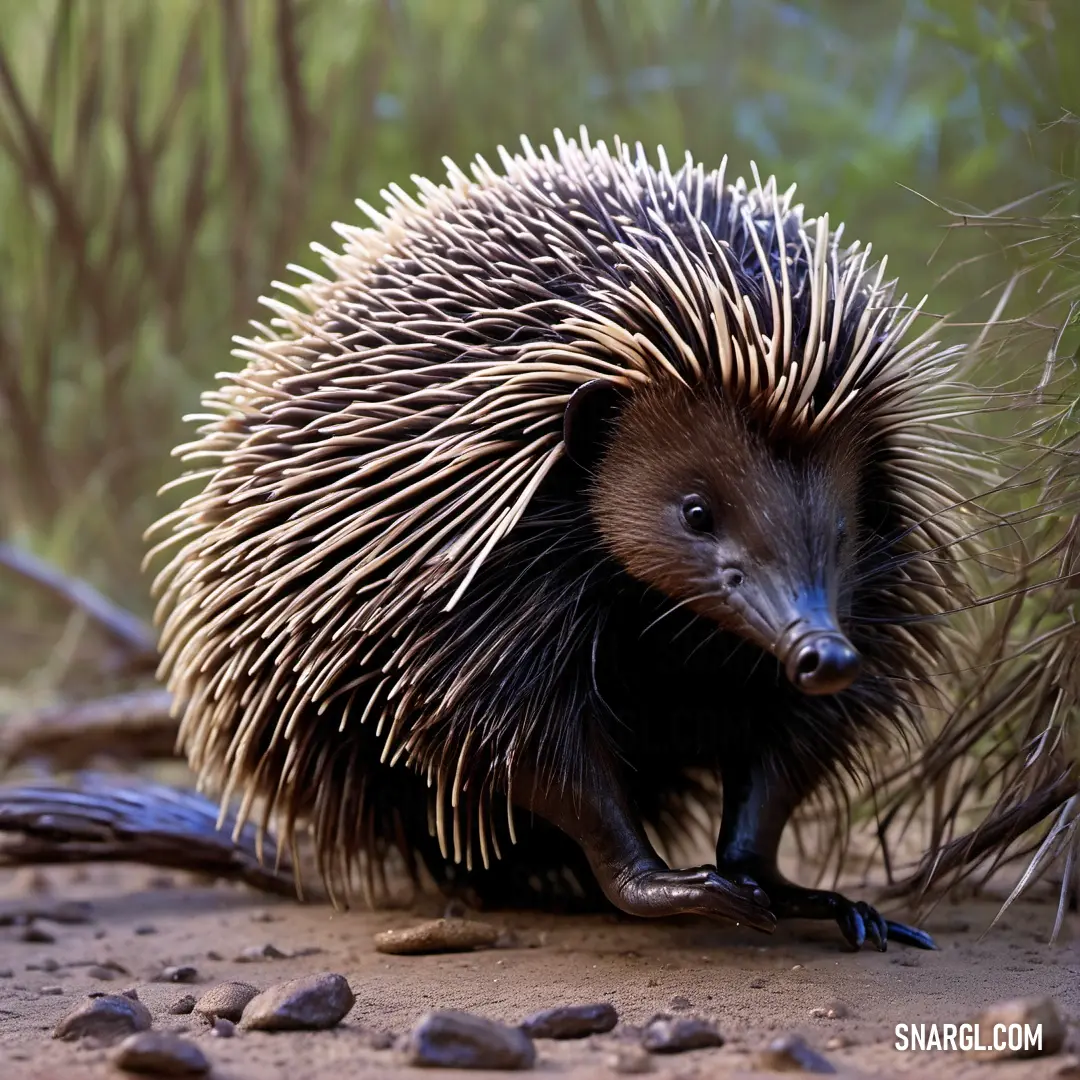
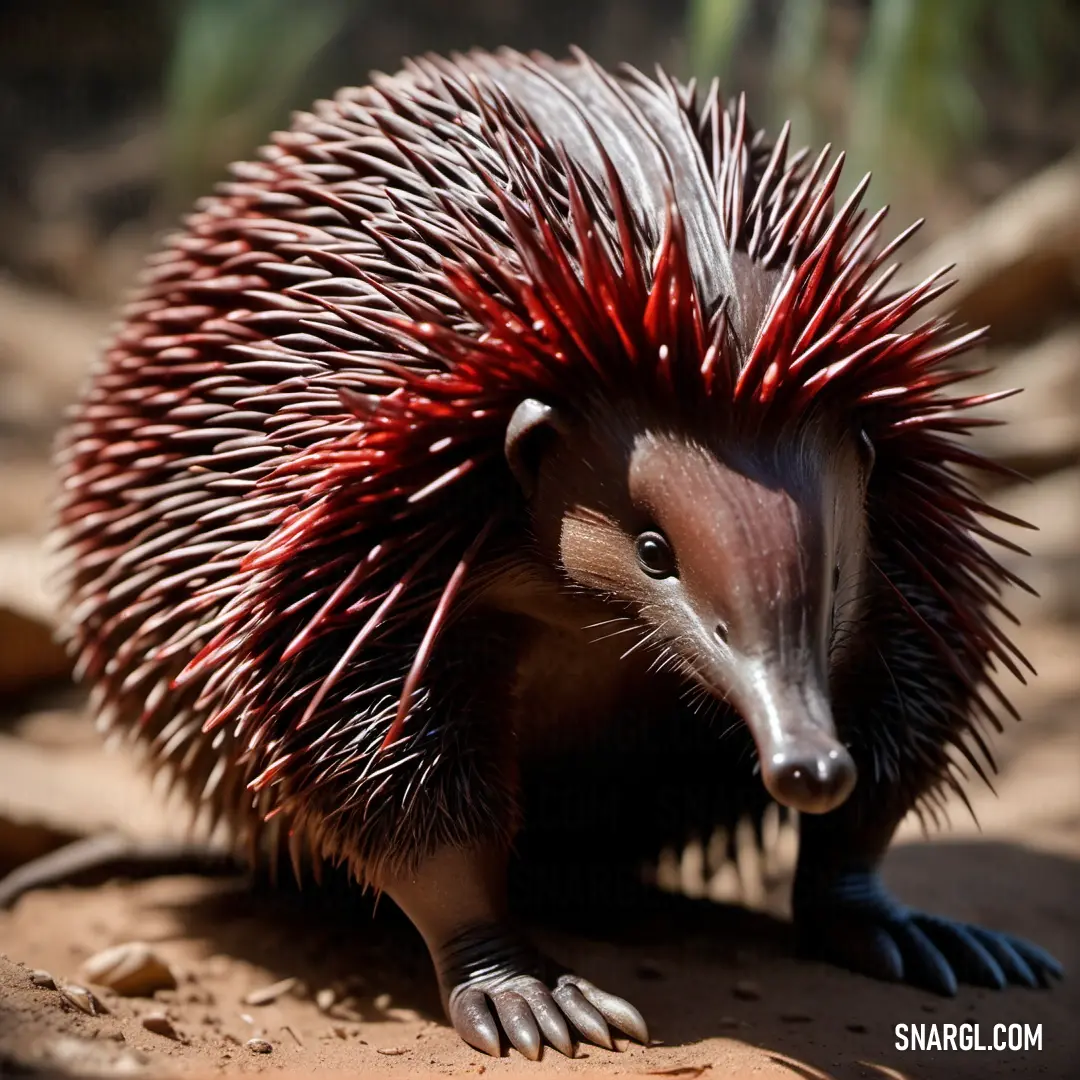
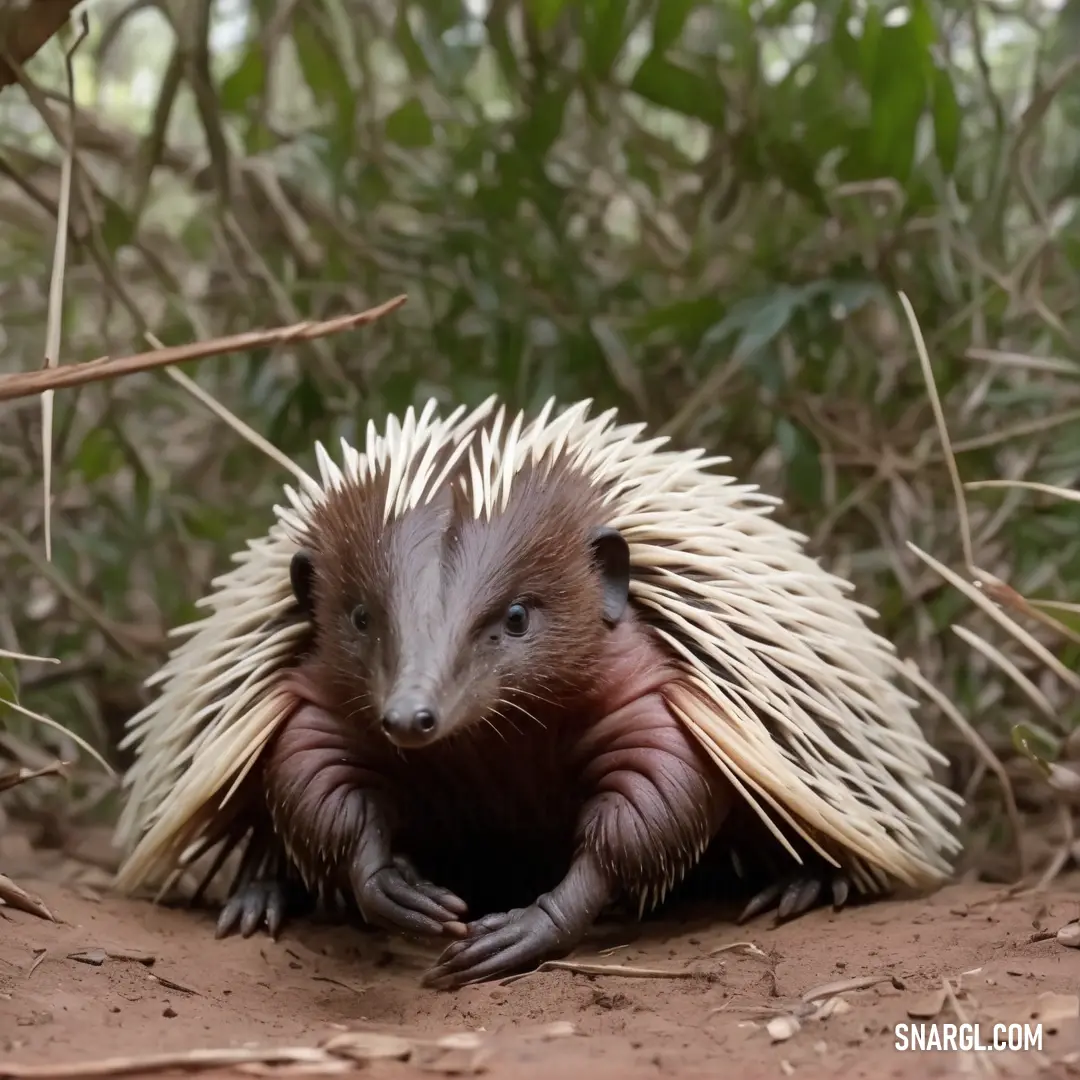
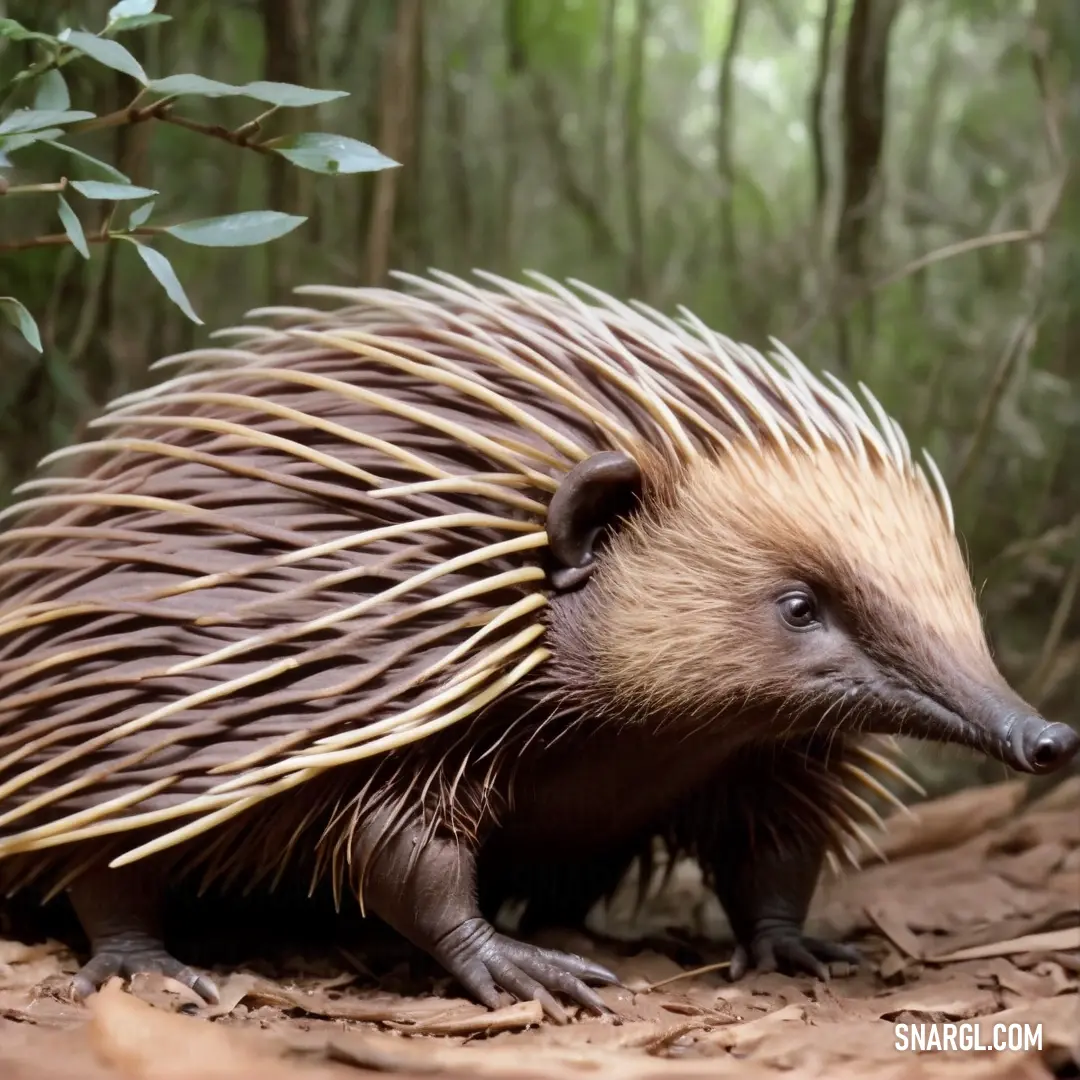
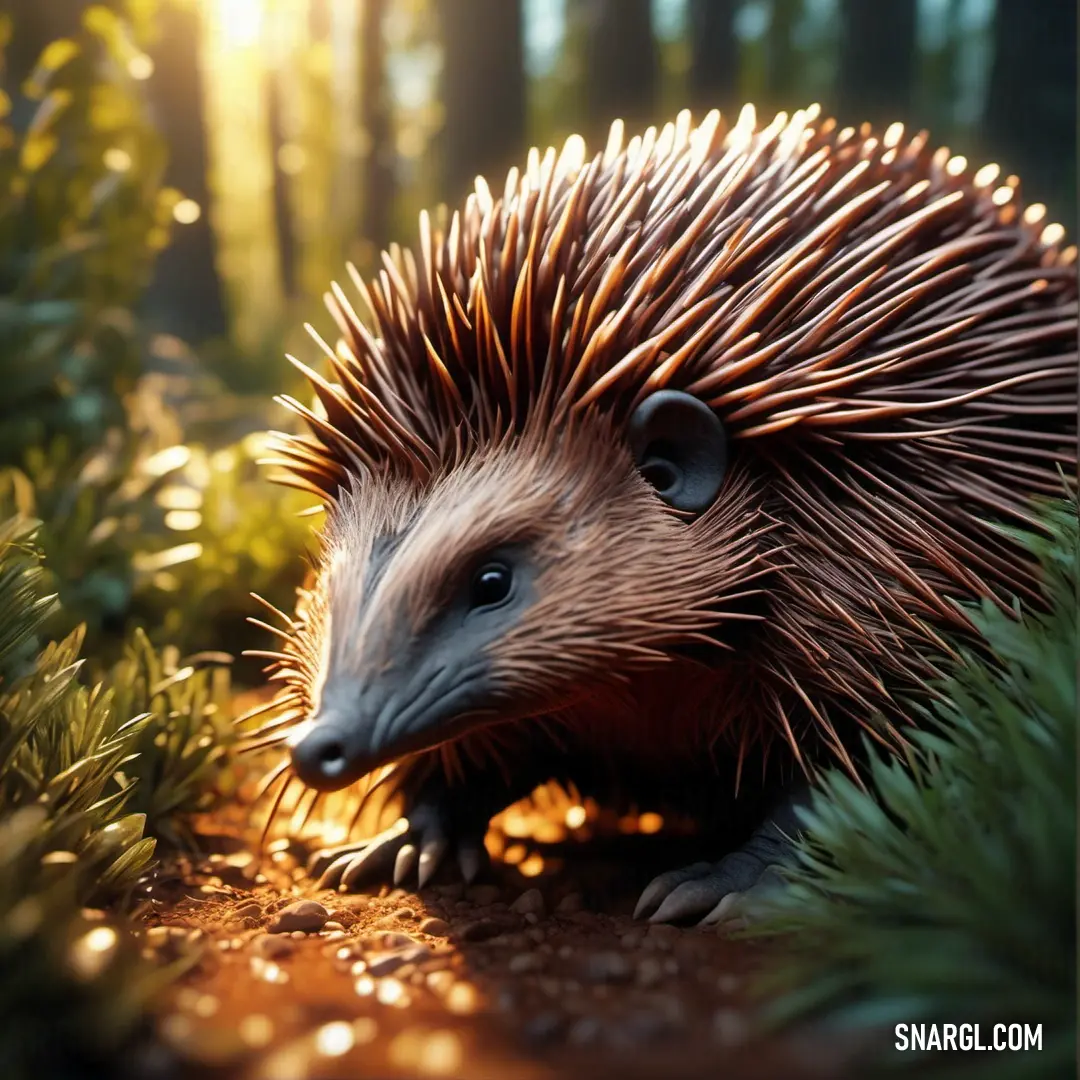
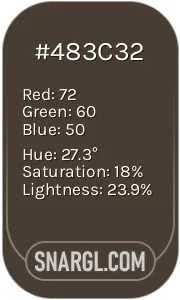 Dark lava
Dark lava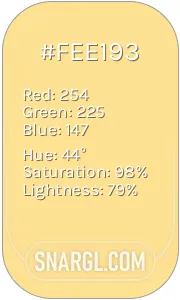 Lemon Cream
Lemon Cream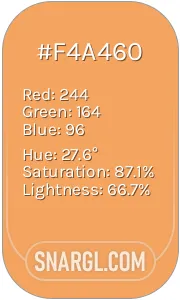 Sandy brown
Sandy brown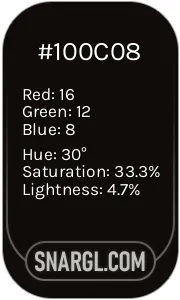 Smoky black
Smoky black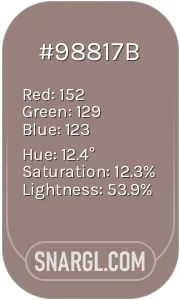 Cinereous
Cinereous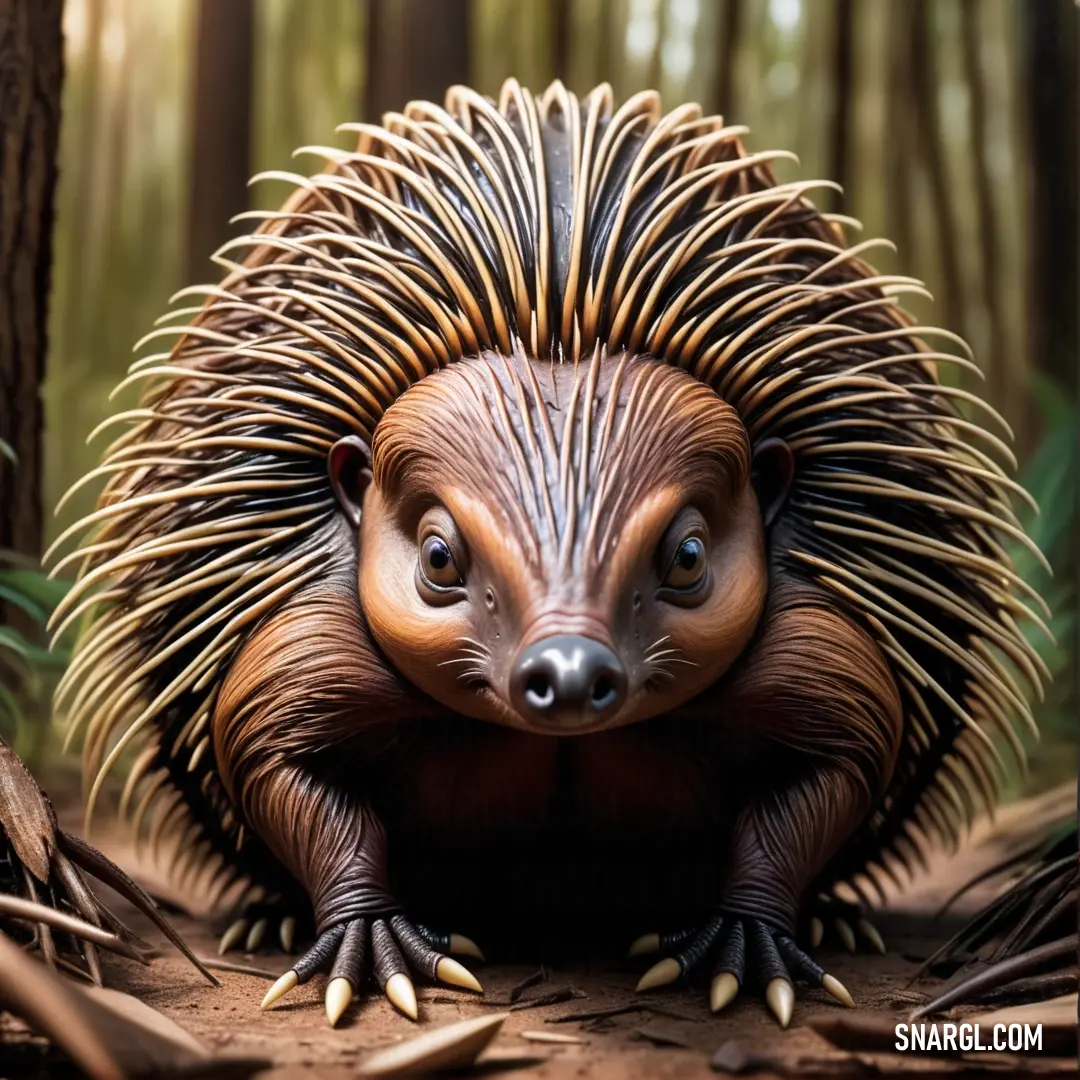
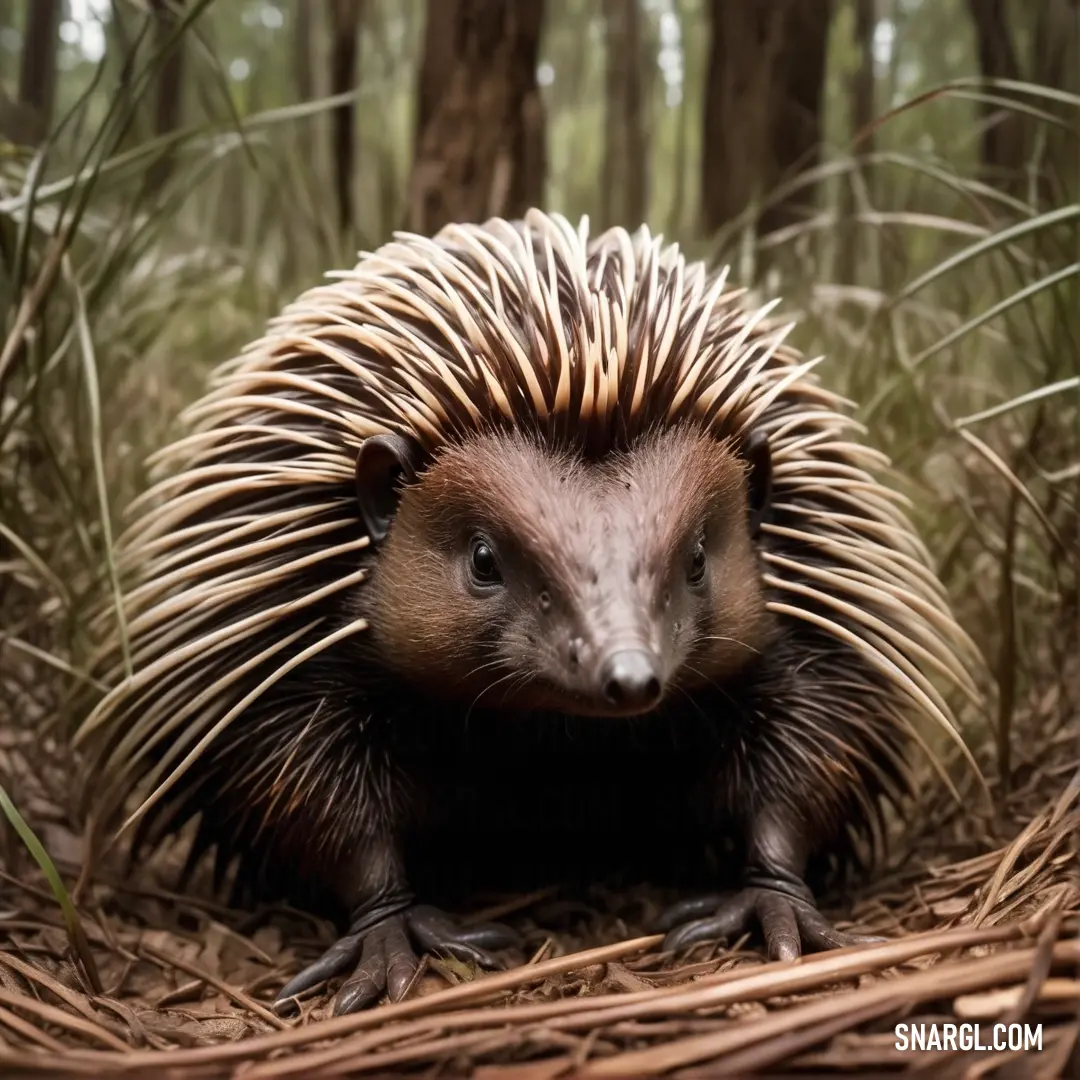
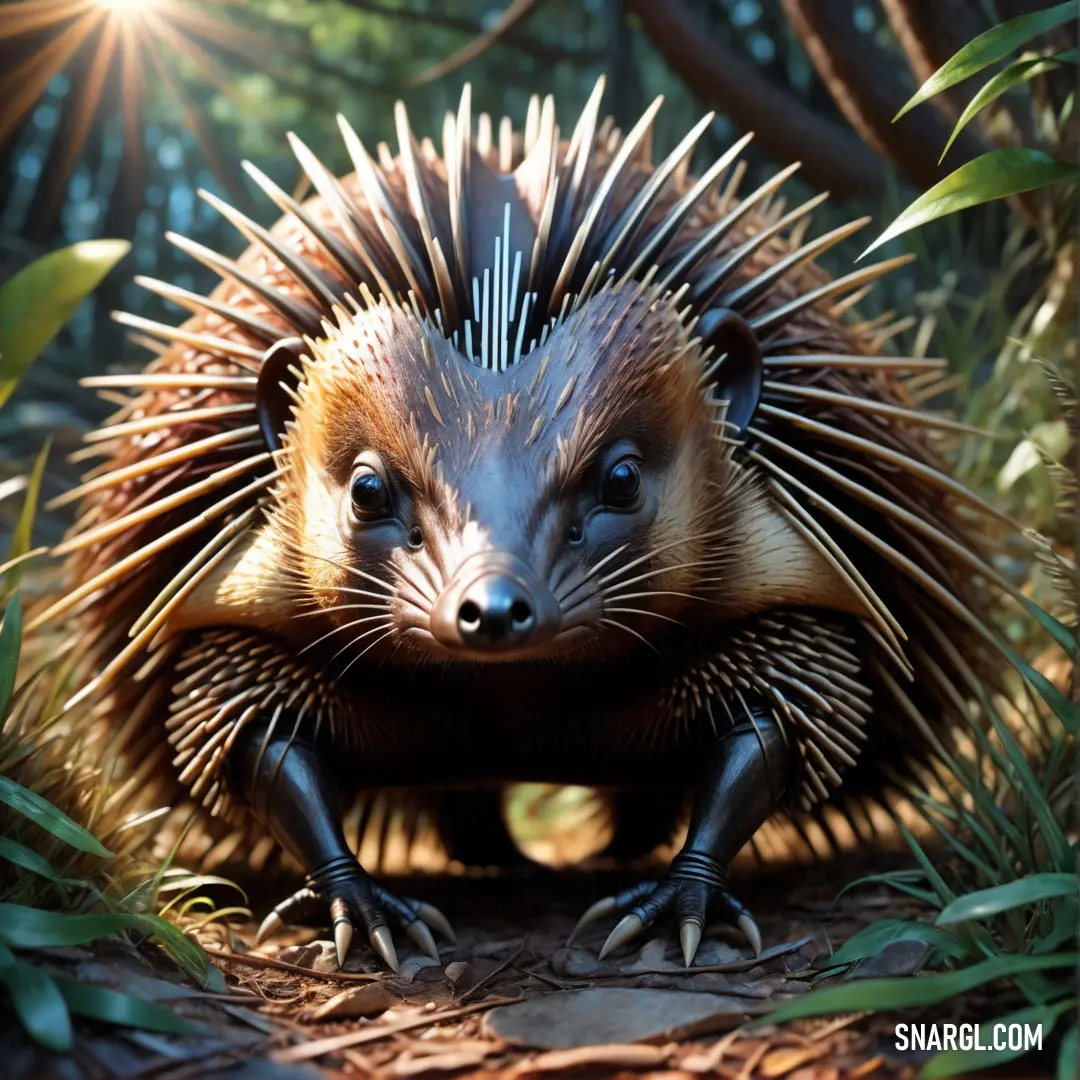
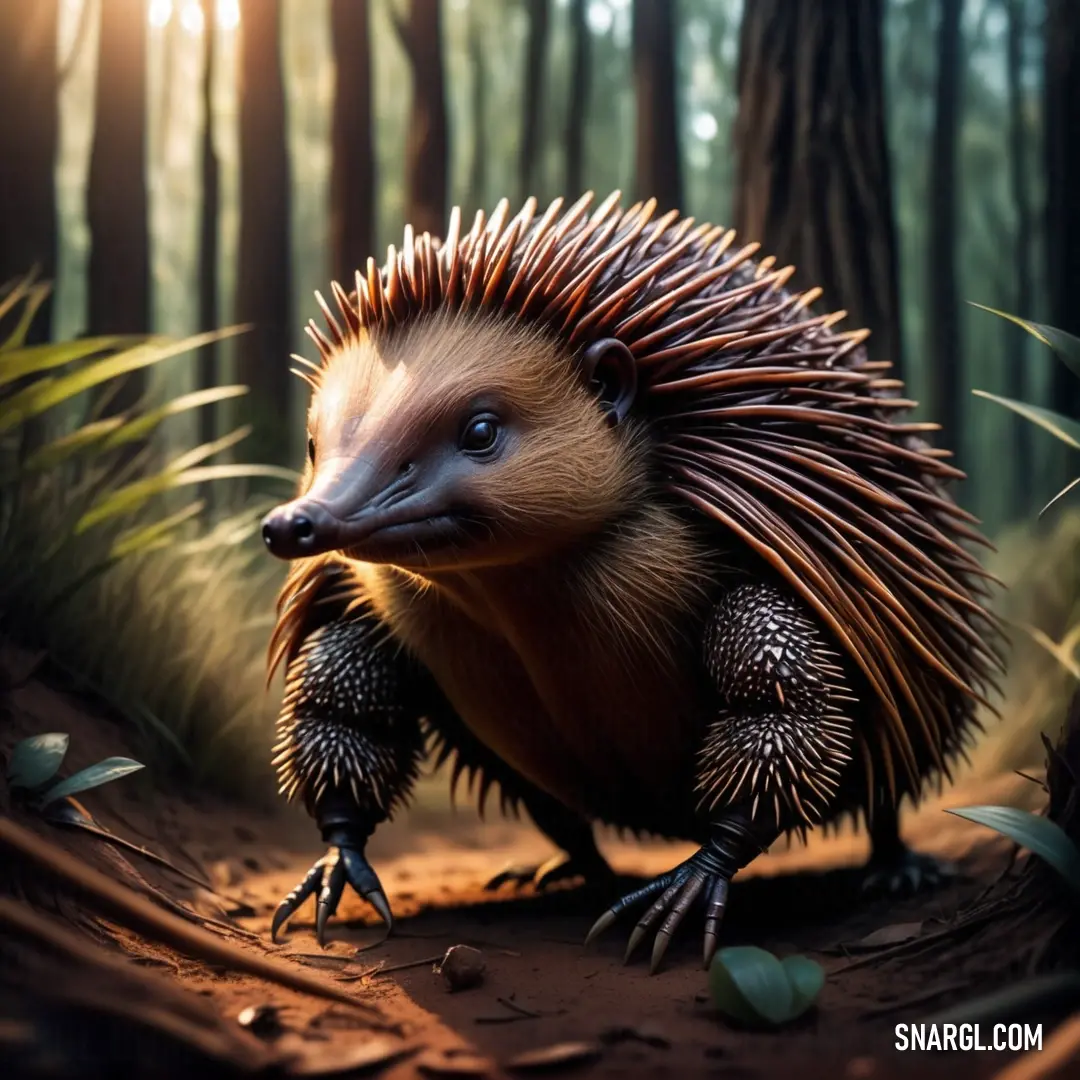
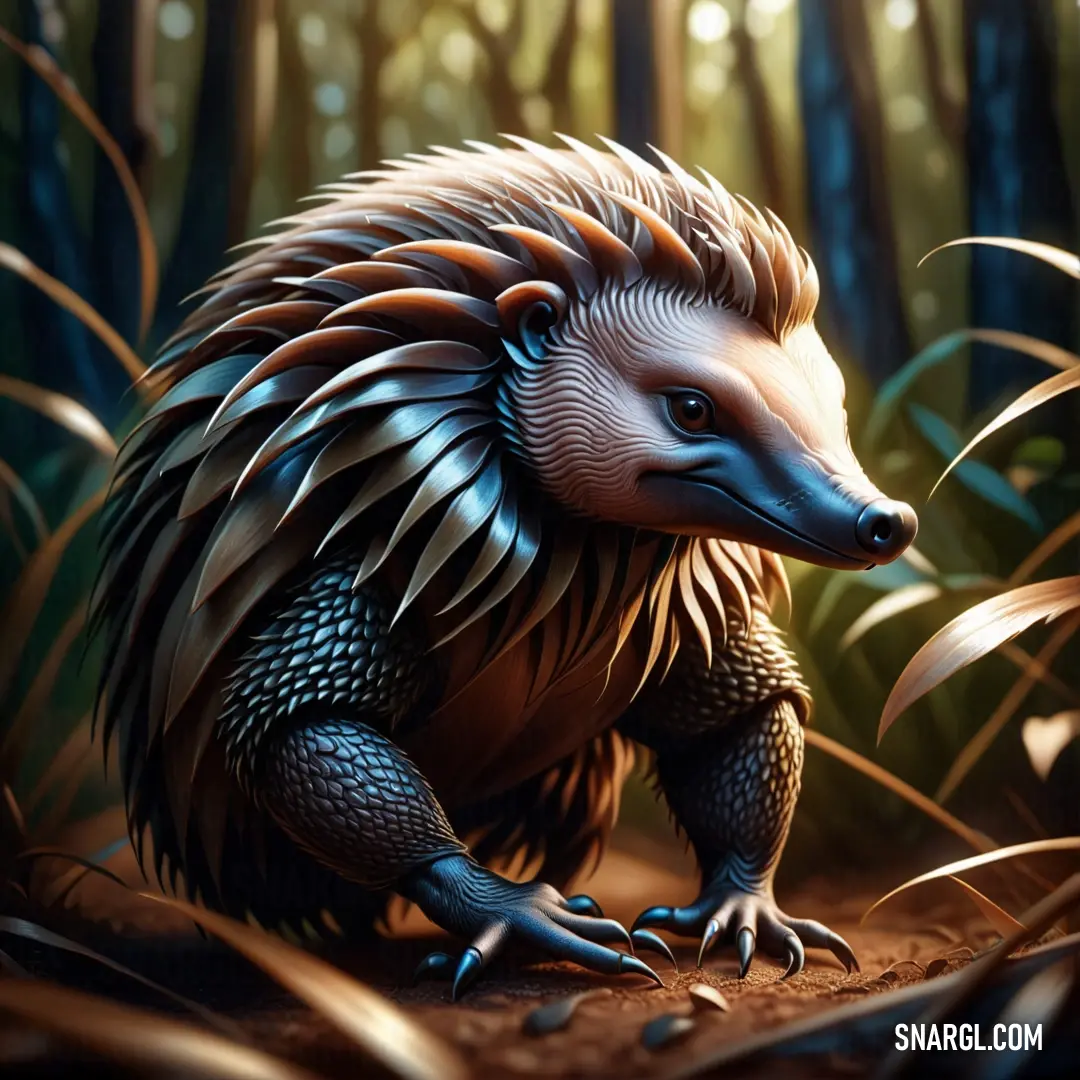
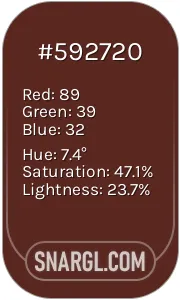 Caput mortuum
Caput mortuum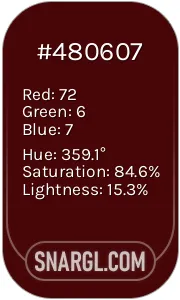 Bulgarian rose
Bulgarian rose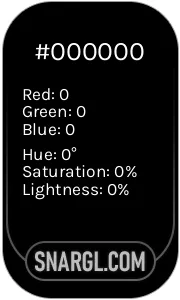 Black
Black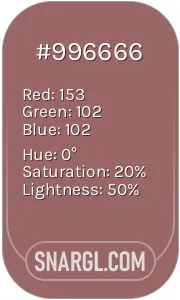 Copper rose
Copper rose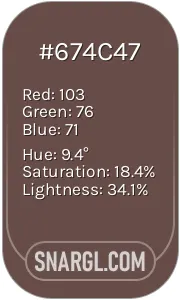 Medium taupe
Medium taupe






